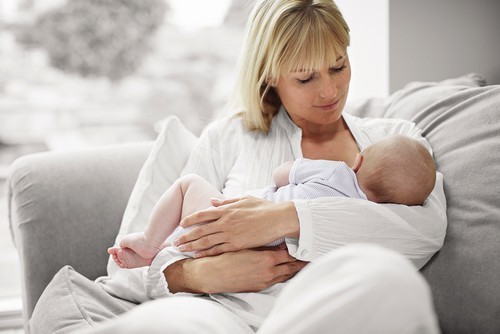All parents are the same: at first they look forward to the baby crawling, and then they begin to dream about how he runs to meet them. How to help the baby take the first independent steps
The child stands confidently at the support and takes the first steps near it. His eyes are fixed on the toy a few steps from him.
And he wants passion to reach out to her… So, he is ready for him to be helped to take his first independent steps.
How to do it?
- It is important that the baby’s muscles and musculoskeletal system are ready for the upcoming loads – and they are considerable, suddenly get up and go, holding your weight! Therefore, engage in exercises with it, allow more crawl and show your physical activity. Conduct a massage course that will help strengthen the muscles and additionally prepare the child for independent movement.
- Stimulate the crumbs’ interest in walking – show them to walking adults and kids, tell us how cool it is – to walk yourself. Pay attention to the bright new toy and demonstrate how to take a few steps to it.
- Start by walking “with insurance.” Support your baby by the forearms or hands. Do not overdo it. Remember that the muscles of a small person are not yet developed, and he is just starting to walk. A few steps will be enough. Do not let him get tired and have a negative walk. Walking should be associated with joy, fun and pleasure. When the baby begins to walk confidently with your support, reduce it. First remove one supporting hand, and then give one finger. And then the ideal moment will come to give the young walker a gift, he earned it in all seriousness – a pushing toy. Fortunately, now their choice is great – a car on a stick, a doll stroller, a baby food cart… If the baby often falls when walking, you can use a reins-leash. Don’t be afraid of an unattractive name,
- Try playing the game “I love” with your child. Two adults sit down face to face, and a small person is a step or two between them. Adults alternately extend their hands to the baby and with the words “whom I love” meet the baby by the hands. When he confidently takes this step, the distance increases. And so on until the adults stand in different corners of the room. And of course, do not forget to praise the child for success! It seems to us that it is so simple to run from one corner of the room to another. But imagine that for the kid – this is a whole new opening world, a lot of work and a huge result! Be sure to rate it!
- Choose the right shoes. Correct shoes at the training stage of walking is extremely important – all orthopedists trumpet this with one voice. Ideally, the specialist should give you recommendations based on the structural features and development of the baby’s feet and legs. But the general wishes for the first boots are the same: they should fit in size and fullness, not squeeze the leg, have a high firm heel and arch support.


If the crumb, in your opinion, is too “too long” and does not want to take the first steps, do not rush it. And especially do not compare with other kids! Normally, children begin to walk between 9 and 18 months. So be patient and stock up on your love and affection!



